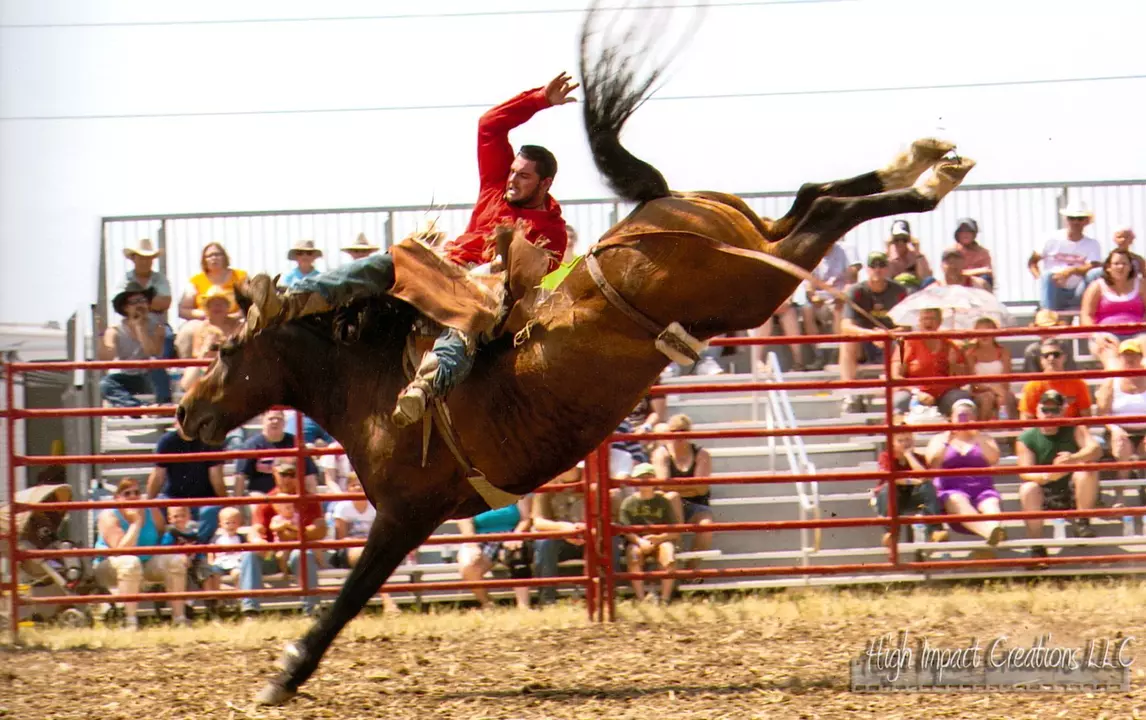- Home //
- Single
What causes a horse to buck in a rodeo?

Understanding the Rodeo Buck
In this section, we will delve into the reasons behind a horse's buck in a rodeo arena. In order to understand the behavior, we will first explore the natural instincts of a horse and how these instincts are triggered in the rodeo environment. The role of the rider and the equipment used, such as the flank strap, will also be discussed.
The Horse's Natural Instincts
One of the primary reasons why horses buck in a rodeo is due to their natural instincts. In the wild, a horse uses its powerful hind legs to defend itself from predators or to establish dominance within the herd. When a rider mounts the horse, the horse may perceive this as a threat and instinctively react by bucking. This is particularly common in rodeo settings, as the horses are often young, untrained, and unfamiliar with having a rider on their back.
The Role of the Flank Strap
The flank strap, also known as the bucking strap, is a piece of equipment used in rodeos to encourage the horse to buck. This strap is placed around the horse's flank, just in front of the hind legs. The strap is not designed to cause pain or discomfort to the horse, but rather to create a sensation that the horse is not used to, causing them to react by trying to kick it off, which results in bucking. The use of the flank strap is a controversial topic, as some argue that it is a cruel practice, while others maintain that it is a necessary part of the sport.
Rider's Influence on Bucking
A skilled rider can have a significant influence on the horse's bucking behavior. In the rodeo, the rider's objective is to remain on the horse for as long as possible, ideally for the full 8 seconds required to qualify for a score. A rider's ability to maintain balance, grip, and control can either encourage or discourage a horse from bucking. If a rider is able to maintain control, the horse may eventually tire and stop bucking. However, if the rider loses balance or grip, the horse may be encouraged to buck more vigorously in an attempt to dislodge the rider.
Training and Conditioning of Rodeo Horses
The training and conditioning of rodeo horses can also play a significant role in their bucking behavior. Rodeo horses are often selectively bred for their athleticism and natural propensity to buck. This genetic predisposition, combined with the fact that many rodeo horses are young and inexperienced, can lead to a higher likelihood of bucking. In addition, the training and conditioning methods used by some rodeo trainers can further encourage bucking behavior, as the horses are taught to associate the presence of a rider with the need to perform in the arena.
Environment and Atmosphere
The environment and atmosphere of a rodeo can also contribute to a horse's bucking behavior. The loud noises, bright lights, and large crowds can be overwhelming for an animal that is naturally prey-driven and easily spooked. This heightened state of arousal can lead to a heightened state of sensitivity, making the horse more likely to buck in response to perceived threats or discomforts, such as a rider on its back or the pressure of the flank strap.
Prevention and Management of Bucking
While bucking is an inherent part of the rodeo experience, there are ways to manage and minimize the behavior to ensure the safety and well-being of both the horse and rider. Proper training and conditioning, both of the horse and the rider, are essential in managing bucking behavior. Additionally, the use of appropriate equipment and adherence to rodeo regulations can help to minimize the risk of injury to both horse and rider. Finally, being aware of the environmental factors that can contribute to bucking behavior can help rodeo participants to create a safer and more controlled environment for the horses and riders involved.
Conclusion
In conclusion, a horse's bucking behavior in a rodeo is a complex combination of natural instincts, rider interaction, equipment, training, and environmental factors. By understanding these factors, we can work towards creating a safer and more enjoyable experience for both the horses and riders involved in this exciting and challenging sport.
- May 9, 2023
- Caspian Redgrave
- 0 Comments
- View posts
- permalink
Write a comment